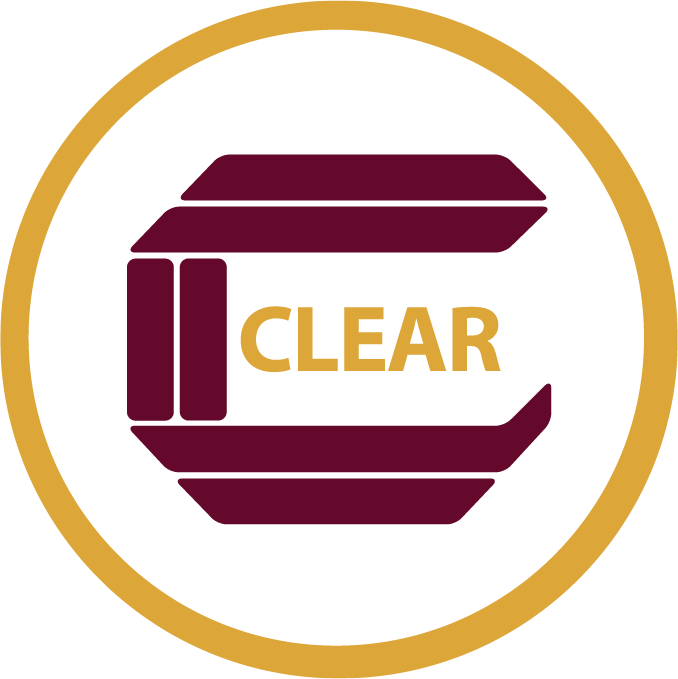Summer 2021, Volume 31, No.1
- Abstracts and Updates, by George Gray- In Abstracts and Updates George Gray looks at the relationship of time and testing, focusing on the content of a recently published book inspired by a National Council on Measurement in Education (NCME) conference on “Time.” Specific topics include the speededness of exams, effects of time limits on validity, research on item response time, extended time as an accommodation, time limits in performance assessment, and more. In addition, Dr. Gray reviews articles on argument-based validation, the basics of item response theory, and new perspectives regarding certification assessment for medical doctors.
- Legal Beat, by Dale Atkinson- Dale Atkinson describes two cases with different circumstances that involve regulatory boards requiring licensees to undergo either a clinical skills assessment (Brooks v. Kentucky Board of Medical Licensure) or a medical examination (Wood, Jr. v. Frederick) as evidence of current competency. In the Brooks case, the court upheld the licensing board’s authority to require an exam for a physician who had not practiced for several years. The Wood case, which was not fully resolved at the time of writing, raises some interesting questions regarding a licensing board’s authority to require an evaluation of a licensee, considering due process rights.
- Monitoring Items for Control, by Robert Shaw- This article presents a visual method for tracking changes in item difficulty. The method is modeled after control chart principles used in manufacturing. It is used directly as an item evaluation tool and indirectly to support confidence in equating results by monitoring item stability. The author suggests it is also useful in flagging items that may have been overexposed or illicitly available.
- The Professional Less-Regulation Movement: How Should Professions and Regulators Respond?, by Donald Balasa- Our second feature article departs somewhat from CER tradition in that its focus is broader than examinations. This article addresses the issue of reducing regulation, including the role of job task analysis in ensuring that licensure requirements are aligned with the knowledge and skills needed for safe, effective practice. The author suggests that assessments, along with flexible policies and procedures, may be useful in facilitating the transition from military to civilian practice as well as interstate mobility. We believe this article will be of interest to regulators, whether or not they have a strong focus on examinations.
Click here to download the full issue (Members Only)
Nonmembers may purchase individual issues for $15 US.
Design and composition of CLEAR Exam Review is underwritten by Prometric, a leading provider of technology-enabled testing and assessment solutions to many of the world’s most recognized licensing and certification organizations. Learn more at Prometric.com.
